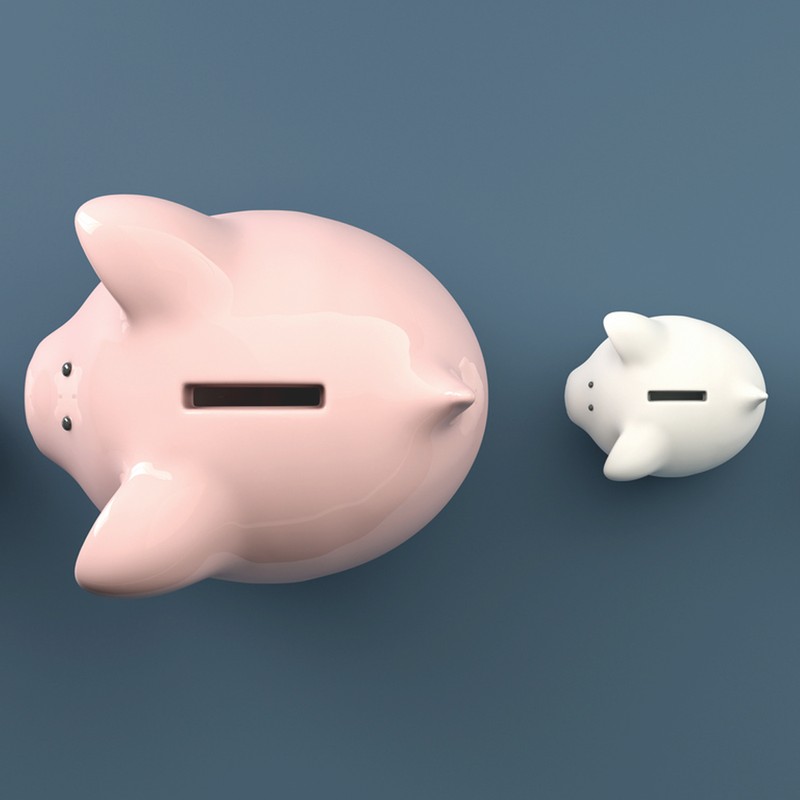Apps To Help You Start Saving
Ever wondered how everyone else manages to save so effortlessly? And how, seemingly out of nowhere, all of your friends are buying flats and houses? You’re not alone, and it is worth remembering it is not always as simple as, ‘They’re good at saving money and I’m not.’ Earlier this year, challenger bank Monzo found 32% of Britons had less than £500 in savings, 41% had less than £1,000 and more than half of those aged 22 to 29 had absolutely no savings.
Recently, a deluge of money management apps has flooded the financial sector, offering solutions in the form of ‘micro-savings’. Victor Trokoudes, who founded micro-saving app Plum, explains: “Micro-savings mean personalised, automated saving – unlike other savings accounts, where users decide themselves to save a certain amount and use self-discipline to set that aside regularly.”
How could this work for you? Here’s everything you need to know about three next-generation financial-planning apps.
Best For Goal-Setting: Chip
This AI-powered app is totally focused on helping you save money without feeling the pinch. Once connected to your bank, it uses your spending and earning data – as well as that of others with similar behaviours – to calculate how much you can realistically save, easing off when funds are low or your outgoings are particularly high. Rather than encouraging you to transfer lump sums into savings accounts, it automatically transfers smaller sums to help you reach your pre-set goals, ring-fencing the money in an account for whenever you need it.
“We think Chip – and other amazing tech coming out right now – is just the start,” says Chip CEO Simon Rabin. “Clever automation and AI are set to radically change how we manage our money in the coming years. As the world of work is changing to become more flexible and tech-driven, so is personal finance.”
Visit Google Play Store or App Store
Best for micro-saving: Moneybox
There are two reasons why Moneybox is clever. Firstly, it saves your virtual change. If you spend £2.70 on coffee, it’ll automatically take 30p and put that away for you. It sounds too small to be impactful but, considering how many taps we make with our cards every day, it quickly adds up. Second, Moneybox gives you the option to either save or invest in stocks and shares. You can choose from Balanced, Adventurous or Cautious funds. Investing £1,000 in the latter in 2010, with contributions of £50 a month, would have been worth £7,836 at the end of 2018.
“With so many people now embracing portfolio careers, traditional approaches to saving are diminishing,” says Charlotte Oates from Moneybox. “Rounding up spare change means you can make saving part of your everyday life and set money aside without even realising it. The average customer saves about £11 a week in roundups alone.”
Visit Google Play Store or App Store
Best for ease of use: Plum
Like Moneybox, Plum gives you the option to either save or invest – or do both. We love how easy it is to use, with micro-nudges and adjustments coming in the form of a Messenger chat. A simple back and forth, in jargon-free language, breaks down any daunting ideas around investment.
“These amounts vary from person to person, depending on the user’s normal income and outgoings. To increase or decrease savings, it’s possible to change your saving mood within Plum, from ‘Shy’ (very low level of savings) all the way up to ‘Beast mode’,” says Victor. Plum’s options to invest in funds aligned to your own interests or values (there are tech, ethical and emerging markets) help make saving and investing that little bit sweeter.
Visit Google Play Store or App Store
DISCLAIMER: We endeavour to always credit the correct original source of every image we use. If you think a credit may be incorrect, please contact us at info@sheerluxe.com.


